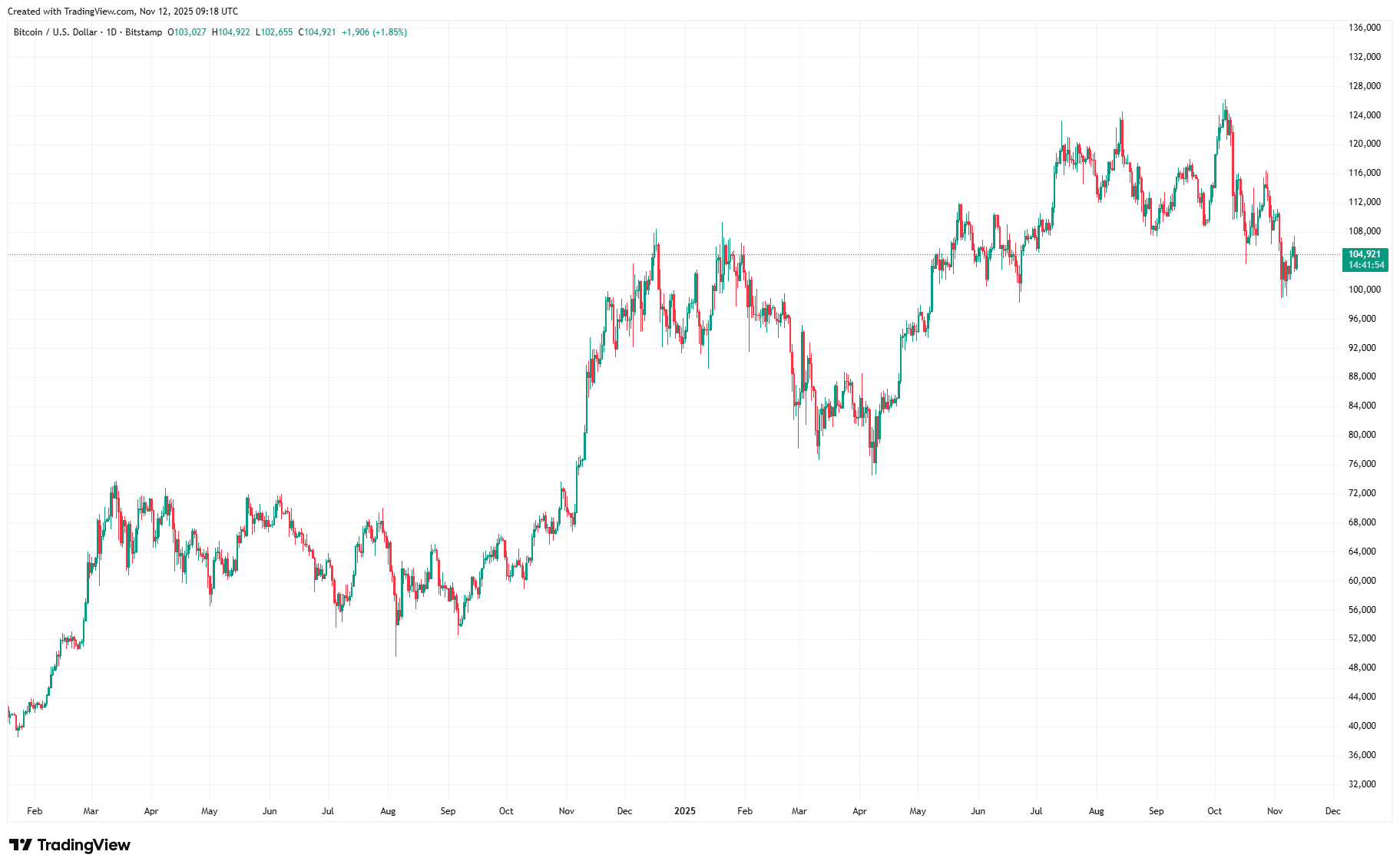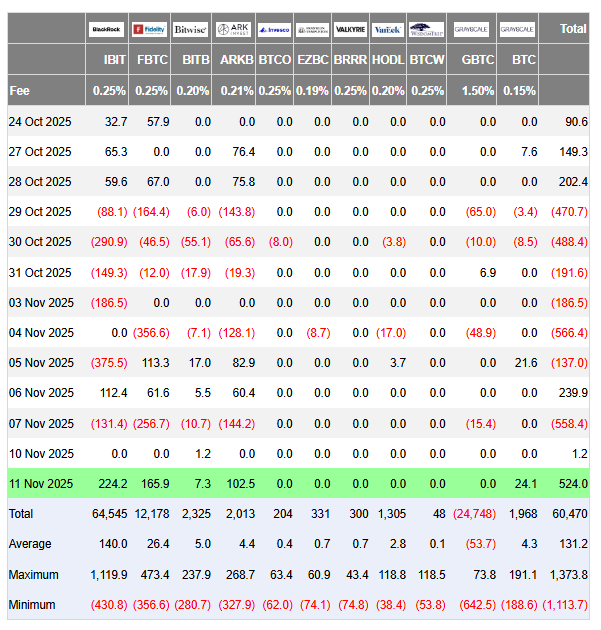Almost a year ago, the Bitcoin price (BTC) crossed the 100,000 US dollar mark for the first time in history. What initially appeared to be a mere milestone on the way to further price discovery has proven to be a stubborn magnet. Despite the establishment of a strategic US Bitcoin reserve, billions in ETF inflows, and significant regulatory progress, the largest cryptocurrency by market capitalization is trading at nearly the same level twelve months later.

Government shutdown drains liquidity from the system
As a digital store of value and hedge against inflation, Bitcoin is closely correlated with the money supply of the world’s reserve currency, the US dollar. However, since the government shutdown began on October 1, no new liquidity has flowed into the markets. Estimates suggest that around 700 billion dollars were withdrawn over the past month – an effect equivalent to massive quantitative tightening or several rate hikes. The uncertainty is also reflected in institutional positioning: Bitcoin ETFs recorded outflows of over 2 billion US dollars in the last 30 days.

But there is light at the end of the tunnel. On Monday, the US Senate passed a compromise to end the longest government shutdown in the nation’s history. This brings to a close a weeks-long deadlock that cut off food assistance for millions, left hundreds of thousands of federal employees without pay, and partially paralyzed air travel. According to prediction platform Polymarket, the government is expected to resume operations later this week.

Altcoins could benefit
On one hand, markets are likely to benefit broadly from a new injection of liquidity once the shutdown is lifted. Additionally, the SEC pause has so far delayed the approval of spot ETFs for cryptocurrencies such as Solana (SOL) and XRP. Following the resumption of government operations, approvals are expected within a few weeks. Several other products are also in the pipeline, which could soon open the door for Wall Street to access the entire crypto ecosystem.
Furthermore, the US Treasury and the Internal Revenue Service (IRS) have issued new guidelines allowing crypto ETFs and trust funds to distribute staking rewards to investors. For proof-of-stake networks such as Ethereum and Solana, this marks a new regulatory dimension. Staking returns are thus evolving from a niche activity into a compliant investment model within the traditional financial sector, making alternative products more attractive than yieldless Bitcoin ETFs for certain investors.
Haftungsausschluss
Alle Angaben in dieser Publikation erfolgen ausschliesslich zu allgemeinen Informationszwecken. Die in dieser Publikation zur Verfügung gestellten Informationen stellen keine Anlageberatung dar und sind auch nicht als solche beabsichtigt. Diese Publikation stellt kein Angebot und keine Empfehlung oder Aufforderung für eine Anlage in ein Finanzinstrument einschliesslich Kryptowährungen und dergleichen dar und ist auch nicht als Angebot, Empfehlung oder Aufforderung beabsichtigt. Die in der Publikation enthaltenen Inhalte stellen die persönliche Meinung der jeweiligen Autoren dar und sind nicht als Entscheidungsgrundlage geeignet oder beabsichtigt.
Risikohinweis
Anlagen und Investitionen, insbesondere in Kryptowährungen, sind grundsätzlich mit Risiko verbunden. Der Totalverlust des eingesetzten Kapitals kann nicht ausgeschlossen werden. Kryptowährungen sind sehr volatil und können daher in kurzer Zeit extremen Kursschwanken ausgesetzt sein.




